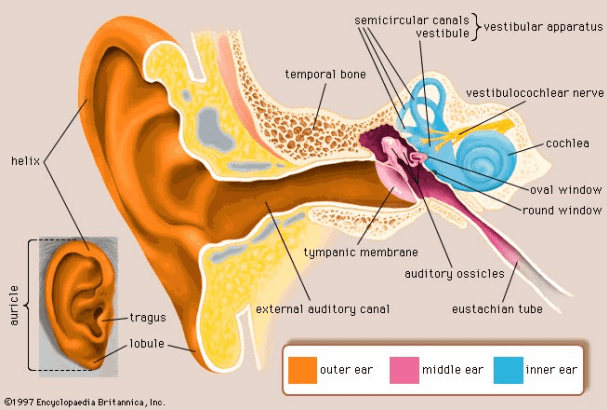As estimated by the World Health Organization, over 5% of the world’s population (360 million individuals: 32 million children) experience disabling hearing loss. Unattended hearing loss results in feelings of isolation, loneliness, and extreme frustration. Not only does hearing loss severely impair communication, it often leads to delays in spoken language abilities in children. A host of strategies, with varying degrees of success, can be used to reduce the detrimental effects of hearing disability: these range from screening, protection, captioning, sign language, to assistive devices such as hearing aids and cochlear implants (CI).

CI devices function by coding sound waves as electrical pulses. In turn, these pulses determine the amount of electrical charge applied to neurons in the inner ear (cochlea) thereby conveying a lost or diminished sensation of sound. Approximately 324,000 CI have been implanted worldwide enabling some individuals to perceive speech very well. However, outcomes are highly variable and unpredictable. Everyday situations, such as understanding speech in noisy settings, and appreciating music, present users with significant challenges.
